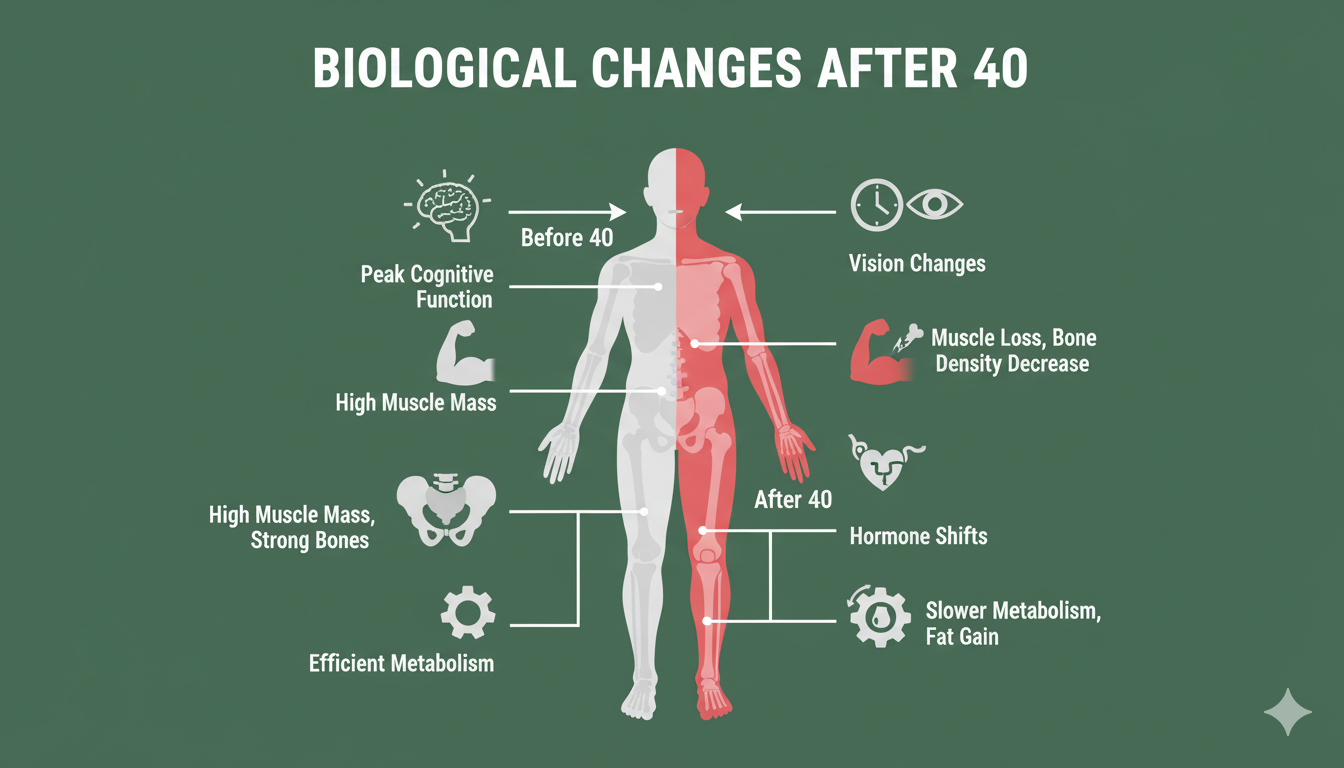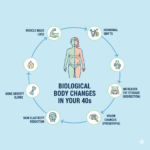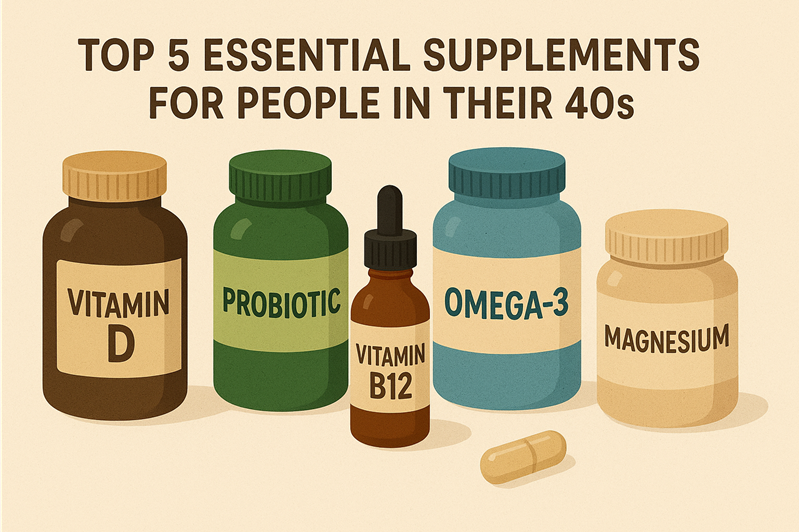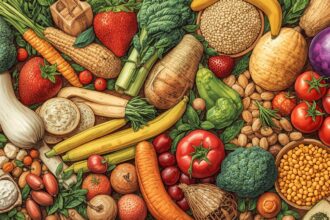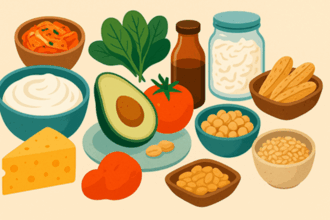[The 40s Redesign, Part 1]: Why Your Body Is Different in Your 40s (The Truth About Hormones & Metabolism)
Welcome to the blog!
If you’ve recently entered your 40s, you might be having a few… confusing conversations with your body.
Does this sound familiar?
- “I’m eating the exact same way I did in my 30s, so why am I gaining weight?”
- “I used to bounce back after one night of bad sleep. Now, I’m just… always tired.”
- “My workouts don’t seem to be working anymore. Building muscle feels impossible.”
If you’re nodding along, let me tell you two things:
- You are not imagining it.
- It is not your fault.
Your body hasn’t suddenly become “broken,” and your willpower hasn’t failed. Your body is simply operating from a new set of rules. The “Owner’s Manual” from your 30s is now obsolete.
This major shift is driven by two powerful, invisible forces that change gears in this decade: Hormones and Metabolism.
Let’s break down exactly what’s happening under the hood.
1. The Engine Downsize: Your “Slowing” Metabolism (BMR)
This is the number one reason you feel like you’re “gaining weight just by looking at food.”
Your Basal Metabolic Rate (BMR) is the number of calories your body burns just to stay alive—to keep your heart beating, lungs breathing, and brain functioning, even if you just lie on the couch all day. It’s your body’s “engine” running at idle.
In your 40s, that engine starts to get smaller and less powerful.
- Why? The main culprit is Sarcopenia, the natural, age-related loss of muscle mass.
- The Science: Starting in our late 30s, we naturally lose about 0.5% to 1% of our muscle mass every year. Muscle is our most metabolically active tissue; it’s the body’s primary “calorie furnace.”
- The Result: Less muscle = a smaller furnace. A smaller furnace burns fewer calories at rest.
- The Takeaway: When you eat the same 2,000 calories you ate in your 30s, your 40s body can no longer burn them all. This creates a “calorie surplus,” and your body, being efficient, stores that surplus as fat—often, right around the midsection.
2. The Management Shake-Up: The Great Hormone Shift
If BMR is the size of your engine, hormones are the operating system—the computer telling the engine how to perform. In your 40s, this system gets a major update, and it’s very different for men and women.
For Women: The “Estrogen Rollercoaster” of Perimenopause
For women, the 40s are defined by Perimenopause. This isn’t the “end” (that’s menopause); it’s the chaotic transition that can last for years.
- It’s Fluctuation, Not Just Decline: The defining feature isn’t just low estrogen; it’s erratic estrogen. It spikes wildly and then crashes.
- Fat Storage Shifts: This hormonal chaos signals your body to change where it stores fat. In your 20s and 30s, estrogen directed fat to your hips and thighs. As estrogen becomes unreliable, your body defaults to a new storage location: your abdomen (visceral fat). This is why many women notice a “pouch” or “belly” for the first time.
- The Ripple Effect: These fluctuations also cause classic symptoms like poor sleep, hot flashes, and mood swings. This raises your stress hormone, Cortisol, which also promotes belly fat storage. It’s a frustrating feedback loop.
For Men: The “Quiet Decline” of Testosterone
For men, the change is less like a rollercoaster and more like a slow, steady leak. This is often called Andropause.
- The Slow Decline: Starting around age 35-40, testosterone levels drop by about 1-2% every year. It’s not dramatic, but by 45 or 50, the cumulative effect is significant.
- Muscle Synthesis Slows: Testosterone is the primary hormone responsible for telling your body to build and maintain muscle (protein synthesis). As levels drop, it becomes much harder to build new muscle from your workouts, and easier to lose the muscle you already have.
- The Fat/Muscle Swap: This loss of muscle (Sarcopenia) directly lowers your BMR, just as we discussed. The result is a gradual increase in body fat percentage, even if your scale weight doesn’t change much. You might notice less definition, more “softness,” and—you guessed it—more abdominal fat.
- The Ripple Effect: Low T also manifests as persistent fatigue, low energy, “brain fog,” and a drop in libido.
Conclusion: Understanding Is Your New Superpower
So, there you have it. Your body in your 40s is facing a “double whammy”:
- A smaller engine (lower BMR due to muscle loss).
- A new operating system (hormonal shifts) that favors fat storage.
This is not a defeat. It’s a diagnosis.
You aren’t “failing” at the old rules; you’ve just graduated to a new level of the game that requires a new strategy. You cannot use your 30s playbook and expect 30s results.
The key to this decade is not to fight your body, but to redesign your approach.
Now that we know the “Why,” we can start to tackle the “How.” In Part 2, we’ll dive deeper into that stubborn “age-related weight gain” and why it’s so different from any fat you’ve dealt with before.
(Blog Post Ends)
